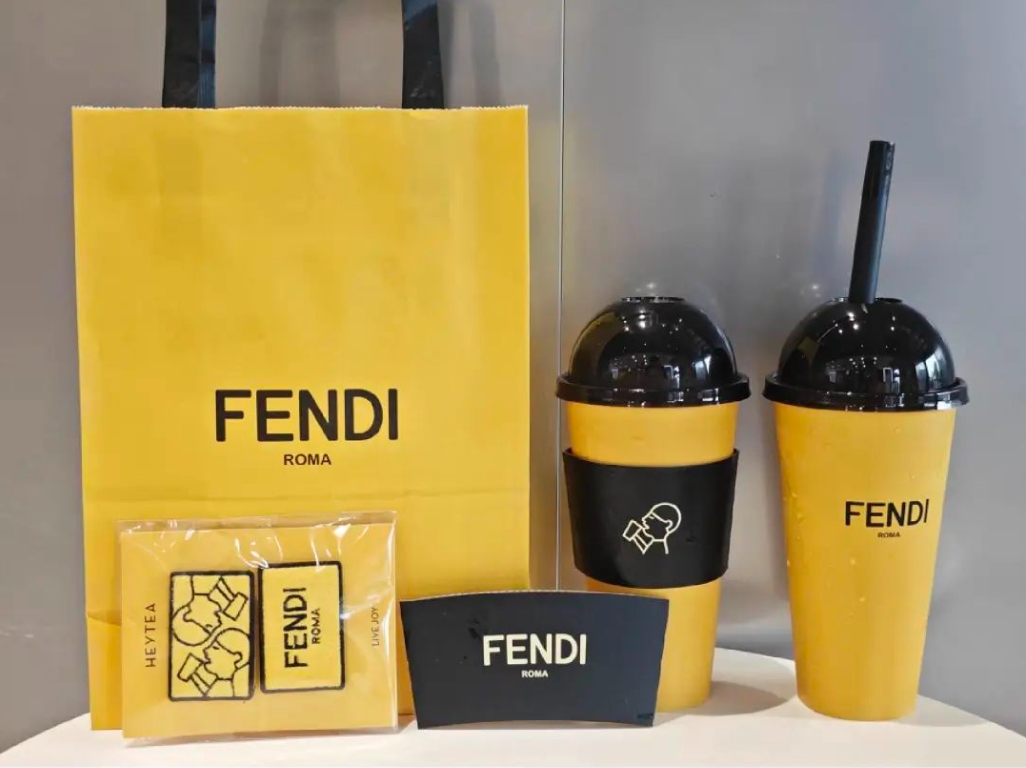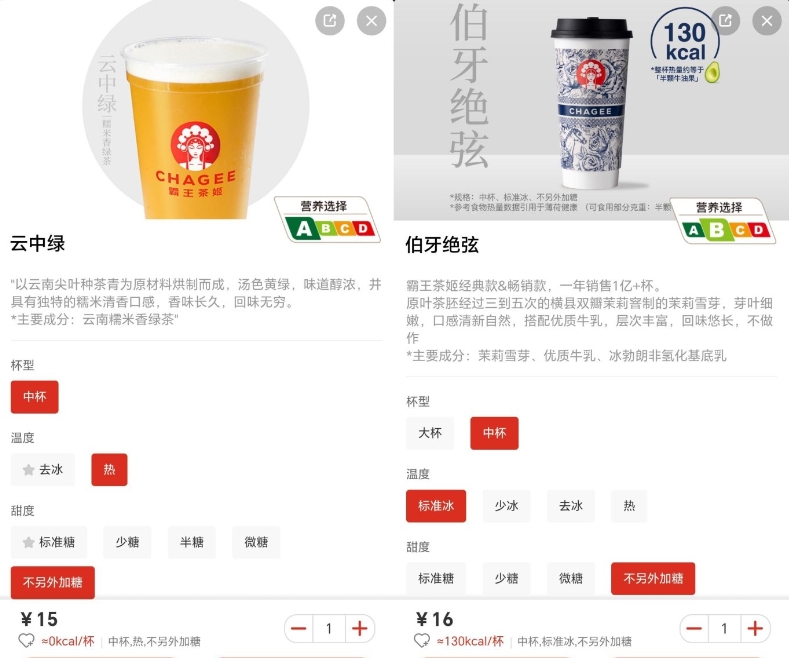You'd be hard-pressed to find a category that is more of a microcosm of the Chinese consumer market than milk tea, writes China Skinny's Mark Tanner.

The tea-based beverage with “bubbles” (most commonly tapioca pearls) has become a cultural phenomenon with Chinese youth, dressed up with a rich diversity of innovations and flavours.
Between 2017 and 2022, data released by the China Chain Store and Franchise Association show the number of stores doubled to 500,000, creating an accessible mainstream experience across thousands of Chinese cities and towns. In a market that provides economies of scale to build familiarity and convenience, drive innovation and gather data, bubble tea chains in China have been expanding like crazy to capture a larger share of the ¥145 billion ($20.4 billion) industry.
Although Chinese consumers are clasping their wallets tighter than before, the relatively low-priced milk tea makes it an affordable treat, and the category is booming. Yet, there are some interesting diversions in the prices consumers are prepared to pay.
Brands like Mixue – China's biggest chain with over 32,000 stores – have boomed by providing low-cost teas, many selling for as little as $1. Meanwhile, premium chains such as Heytea and Chagee are also selling well, trading on strong innovation and appealing to consumers' needs such as health.
This is mirrored across many categories, where brands selling low-cost goods have never been busier, but those who understand and serve consumers' emotional and functional needs, continue to sell well at a premium. Those in-between brands, neither competing at the low-cost end of the market, nor offering something special, are often in no-man's-land.
The need to be new and novel in China is starkly obvious in the tea category. It was seven years ago when people were queuing for hours to get their hands on cheese-topped teas. This type of innovation hasn't stopped. Black tea with milk has evolved into green tea, oolong tea, and even coffee-based varieties. Fruit such as mango, passionfruit, peach or kiwi are all now part of the drink. Regional and city-specific variations have also become popular ways to truly localise and appeal in different segments.
Bubble tea has evolved far beyond its humble beginnings of tapioca pearls, with a plethora of toppings including all sorts of flavoured jellies, pudding, fruit pieces, taro balls and even Oreo crumbs. Not only are they novel, but they also provide opportunities for customisation, bode well for the all-important 'mouth-feel,' and look great when shared on RED or Douyin.
Yet with novel innovations of milk tea, another important characteristic has come to the fore – healthiness. Freshness, as well as tasting better, is also intrinsically linked to health, so many brands promote the freshness of the fruit in their tea. There are similarly more healthy options such as sugar-free, low-sugar or plant-based alternatives.
Chagee recently became the first chain to adopt the Shanghai Authority's health rating system and has seen 70% of sales now being in its healthiest two levels of drinks, illustrating the emphasis consumers place on health, even for beverages known for their sugary decadence.

Much like we're starting to see in other categories, brands who connect emotionally with their target audience are able to charge a premium, which has not gone amiss for tea brands. Chains are incorporating tea into more celebrations and occasions to get together. The social interaction of drinking tea holds particular appeal to a generation of largely only children. Similarly, the culture fits well with patriotic Chinese proud of China's tea-drinking roots.
Another similarity with the China market as a whole is the prevalence of collaborations – which many would say are done to death. Whilst you may be familiar with Heytea x Loopy, x Fendi, and even x Durex, you're unlikely to have heard of many of the 161 collabs just from the top 10 brands last year, most of which fell short. Collaborations remain popular in China, but really need an X-factor to stand out for collab-numbed consumers.
Bubble tea brands were among some of China's first exports of China retail concepts. As more chains start to IPO, some of the cash raised will see them expanding into markets such as SE Asia and beyond, as we've seen with other categories. Brands in these markets – whether already in China or not – would be wise to understand the way Chinese brands operate to increase their chances of success.
Milk tea is one of many categories we watch at China Skinny to understand trends and consumer behaviour in the market as a whole. While it may not be obvious, there are often lessons you can take from seemingly irrelevant categories for your brand.

